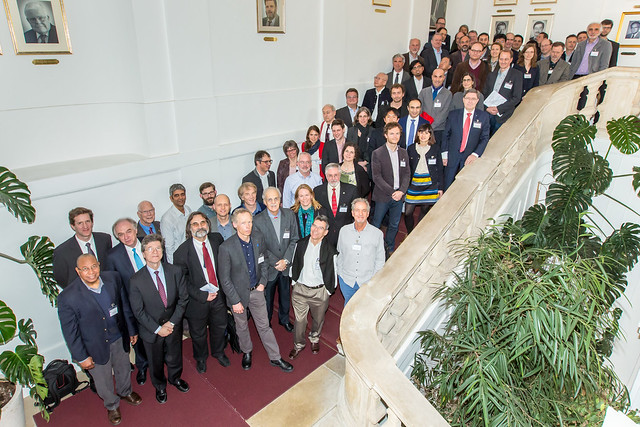07 March 2016 - 09 March 2016
IIASA, Laxenburg, Austria
The World in 2050 project: Second workshop
One of the most pressing issues facing the global community post-2015 is how to realize the benefits of future global economic development within a safe and just operating space of a stable planet. There is overwhelming evidence of rising global risks due to ever increasing human pressures on the planet. Ensuring future sustainable development will require economic development within sustainability limits and budgets for key natural resources and environmental processes that regulate ecosystem and planetary resilience.
The TWI2050 project will build a small consortium of leading research and modelling teams to advise world leaders on the feasibility and implications of integrated sustainable development pathways. TWI2050 was launched in March 2015 by International Institute for Applied Systems Analysis (IIASA), Sustainable Development Solutions Network (SDSN), the Stockholm Resilience Center (SRC) and the Earth Institute at Columbia University. The official launch coincided with the first workshop on 10-12 March 2015 held at IIASA in Austria. The meeting was a great success both in attendance and in expressions of interest to join the initiative.
There was a confirmed shared interest to work together to develop a truly integrated sustainable development pathways. These pathways should run through at least 2050 to allow a glimpse of long-term trends and compliance with the planetary boundaries while also capturing the role of improved technologies and transformations of ICT, energy, agriculture, health, economics, human capital, governance, and institutions; there was a shared agreement that these pathways should be global and chart out pathways within the safe operating space or planetary boundaries. However, to be useful to policy makers, the analysis needs to be downscaled to major regions, and the core requirement for an SD pathway must be that it maps out a feasible and acceptable pathway for each of these regions.
2015 represented a unique historic opportunity when the world’s nations agree on a comprehensive and universal global agenda for sustainable development though the adoption of a set of Sustainable Development Goals (SDGs). These goals (with their accompanying targets and indicators) will provide an aspirational narrative for the desired future for human development in the world – a world free from hunger, injustice and absolute poverty, of inclusive and universal economic growth, based on transparency, dignity and equity.

Today, the necessary integrated comprehensive quantitative understanding of scenarios for achieving sustainable development, accounting for the various inter-linkages between the economy, technology, environment, climate, human development and planetary boundaries, does not exist. With the adoption of the SDGs, the world will set out very clear and ambitious global goals across social, economic and environmental areas, and although there is recognition that there are interactions between and among these goals (e.g., between energy and climate, between food security and ecosystem, etc.,) there is, as yet, no attempt to assess the viability of achieving these multiple social-economic-environmental goals simultaneously: How deep does the sustainability transformation need to be in order to meet hunger, poverty, energy, growth goals while meeting global environmental goals; What are the synergies and trade-offs; and What are costs of pursuing social goals without meeting sustainability goals.
About the Project
The World in 2050 Project (TWI2050) will explore the implications of the necessary transformative sustainable development pathways and the possible ‘degrees of freedom’ to meet economic development goals within a safe operating space of a stable planet.
Public Event: Human Capital, Geopolitical Complexities, and our Sustainable Future
A public event on 9 March at the Austrian Academy of Sciences in Vienna to address and debate geopolitical complexities and tensions in many regions of the world, migration, refugees, education, and other issues among academia, politics, and governmental agencies.

RESEARCH PARTNERS
The World in 2050 Project


